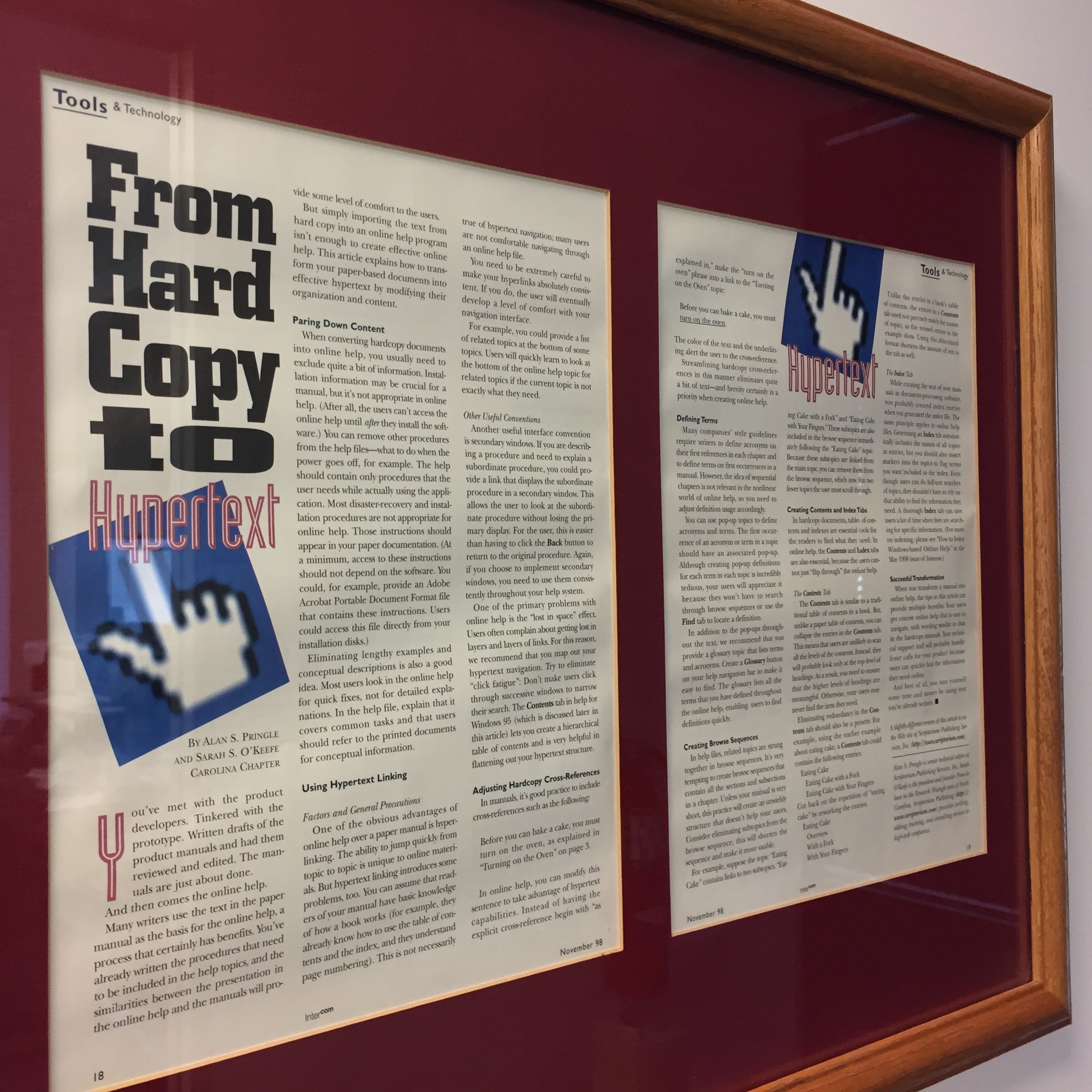Full transcript of finance in tech comm podcast
00:00 Sarah O’Keefe: Welcome to the Content Strategy Expert’s podcast, brought to you by Scriptorium. Since 1997, Scriptorium has helped companies manage, structure, organize and distribute content in an efficient way.
Hi, everyone, I’m Sarah O’Keefe. In episode 15, we have a special guest, Erin Vang. Erin is the owner and principal pragmatist of Global Pragmatica, which provides statistical management and content strategy consulting to Fortune 500 companies. Erin’s been doing that since 2008 and has also held senior management positions at Dolby Labs, SAS, and SYSTAT, in software technical communications, QA, program management, and localization. Erin, welcome.










